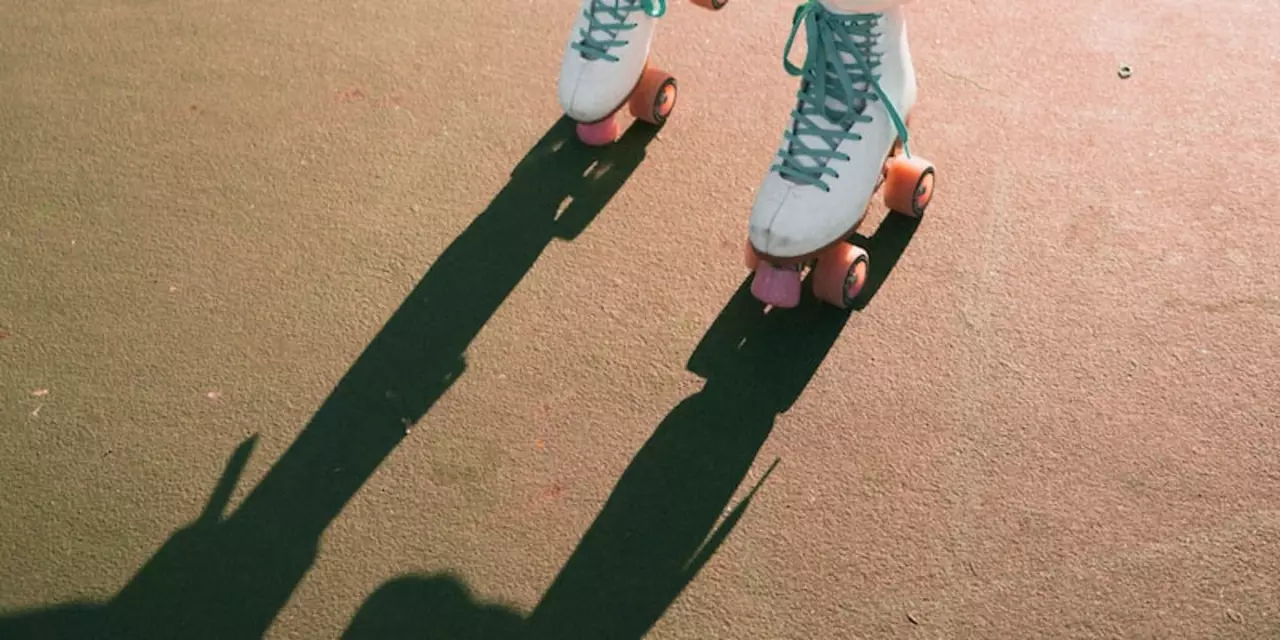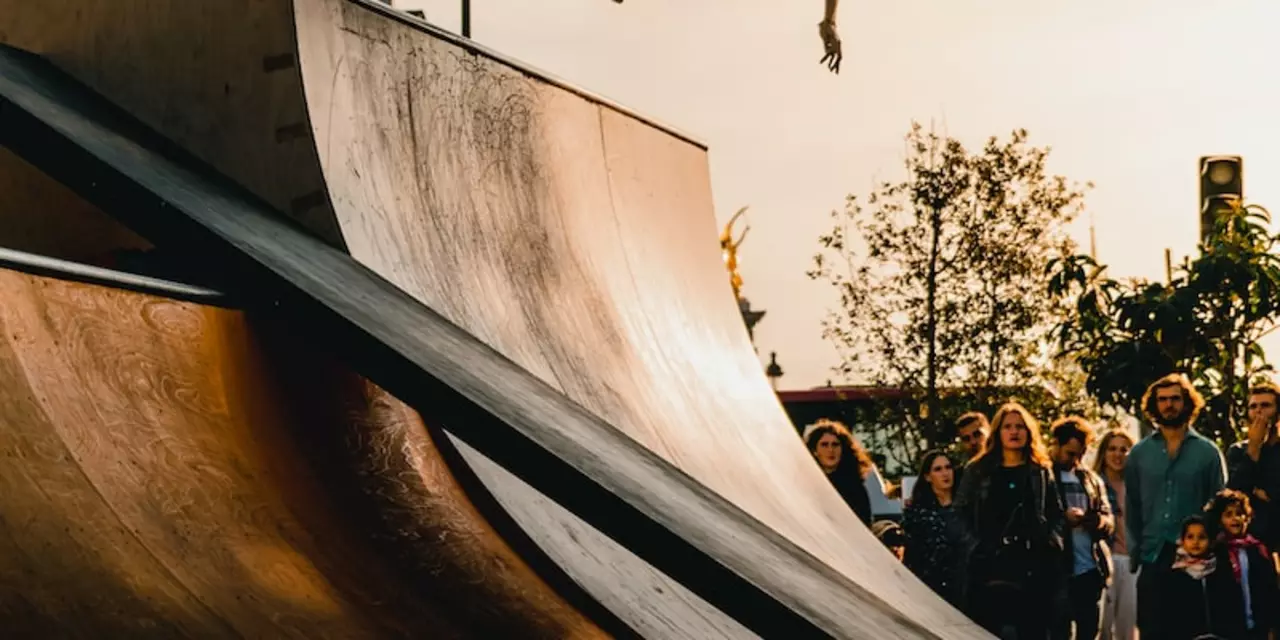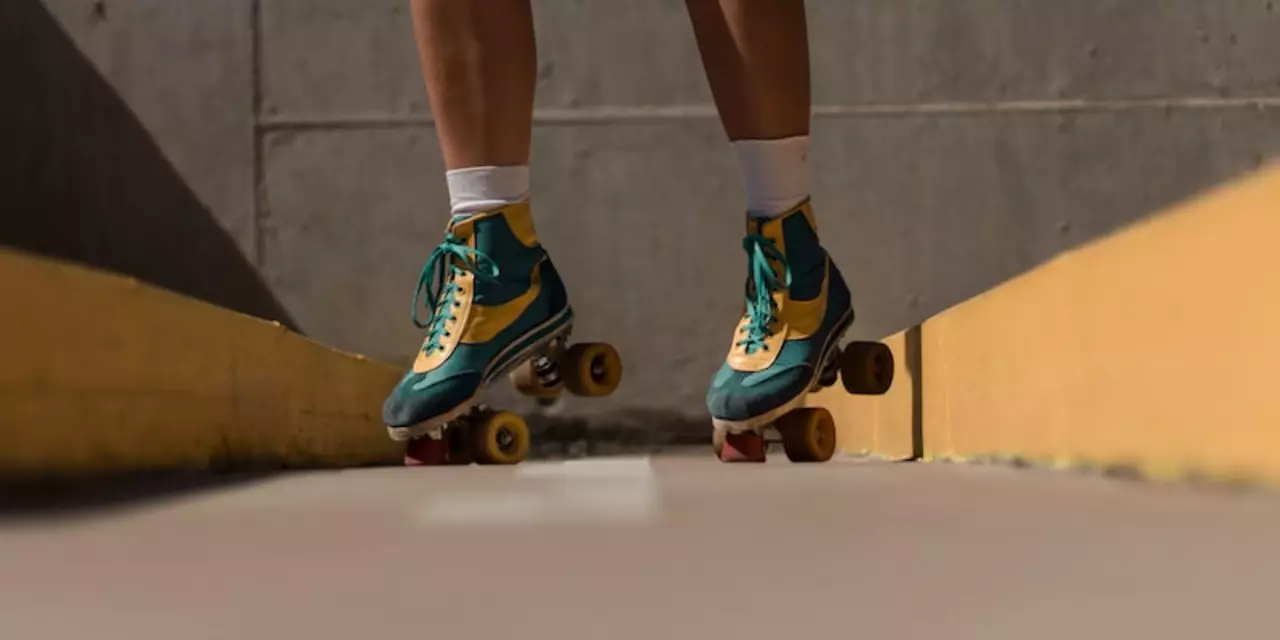Roller Skating: Tips, Gear, and Getting Started
Ever wondered why roller skating feels like instant freedom? One moment you’re standing still, the next you’re gliding, feeling the wind on your face. It’s the same rush you get on a skateboard, but the wheels are inline and the vibe is a bit more retro. Whether you’re dreaming of cruising around the park or just want a fun way to stay fit, this guide gives you the basics you need to roll confidently.
Essential Gear for Safe Roller Skating
The first step is picking the right gear. Your skates are the core – look for a snug fit that still lets your toes wiggle a bit. Inline skates work for speed, while quad skates give you a classic feel and easier balance for beginners. Next up are wheels and bearings. Softer wheels (around 78‑85A) grip smoother on rough pavement, while harder wheels (90A+) zip on smooth surfaces. Bearings are rated ABEC; a 5 or 7 rating is plenty for casual rides.
Don’t skip the protective gear. A pair of wrist guards, knee pads, elbow pads, and a snug helmet can be the difference between a quick bruise and a real injury. Many skaters also add ankle supports, especially when they’re learning new moves. The gear may look bulky, but once you get used to it, it feels like a second skin, and you’ll thank yourself when you take a tumble.
Beginner Tips to Boost Your Confidence
Start on a flat, smooth surface – a quiet driveway or a paved park path works best. Plant your feet shoulder‑width apart, knees bent, and keep your weight centered over the skates. Think of a slight “V” shape with your toes pointing outward; this stance improves stability.
Learning to stop is key. The most common method for beginners is the “snowplow” brake: angle your toes inward, press the inner edges of the wheels, and gently push back. If your skates have a heel brake, slide it down while keeping your weight on the front foot. Practice stopping in short bursts before you try longer rides.
Turning is just a matter of shifting weight. To turn left, lift your right foot slightly and lean left; for right, do the opposite. Keep your shoulders aligned with the direction you want to go – your body follows where your head points. If you feel wobbly, pause, plant your feet, and reset your balance before moving again.
Give yourself small goals. Start with a 5‑minute loop, then add a minute each session. Once you can glide without wobbling, try simple tricks like a one‑foot glide or a gentle cross‑step. Video tutorials are handy, but nothing beats on‑the‑spot practice.
Finally, join the community. Reiver Skateboarding Hub isn’t just about skateboards; we host roller‑skating meet‑ups, share gear reviews, and post local event calendars. Watching others roll, asking questions, and swapping tips fast‑tracks your progress and makes every session more fun.
Roller skating is easy to pick up and hard to quit. With the right gear, a few basic moves, and a supportive community, you’ll be cruising confidently in no time. Grab your skates, hit the pavement, and feel the freedom for yourself.
What are some games to play at a roller skating rink?
- Caden Lockhart
- |
- |
- 0
Roller skating is a fun activity for people of all ages and a great way to pass the time. There are plenty of games to play at a roller skating rink, making it a great place for groups of friends to hang out. Some popular games to play include "Follow the Leader", where one skater takes the lead and the others follow, and "Musical Chairs", where skaters race to grab a chair when the music stops. Another game is "Limbo", where skaters form two lines and take turns trying to limbo under a bar without falling. Finally, "Tag" is a classic game where one skater is "it" and tries to tag the other skaters. Roller skating rinks are the perfect place to have fun and play a variety of games.
View moreHow long does it take to learn how to roller skate?
- Caden Lockhart
- |
- |
- 0
Roller skating is a fun and challenging activity that increases coordination and balance. Learning how to roller skate can take a few days or a few weeks depending on the individual's skill level. Beginners should start in a smooth, flat area with a dry surface and practice basic skills such as gliding, turning, and stopping. Increasing speed and mastering advanced tricks can take more time and practice. Protective gear and proper form are important for safety. With patience and dedication, anyone can learn how to roller skate.
View moreHow long should I practice roller skating every day?
- Caden Lockhart
- |
- |
- 0
Roller skating is a great way to get exercise and have fun. In order to become a proficient skater, it is important to practice regularly. The amount of time spent practicing will depend on the individual's level of experience, desired skill level, and overall goals. Beginners should start with 10 to 15 minutes of practice per day while more advanced skaters may benefit from up to an hour of practice. Incorporating drills into practice sessions can help to improve technique and build strength. With consistent practice, roller skaters of all levels can improve their skill and confidence.
View more

